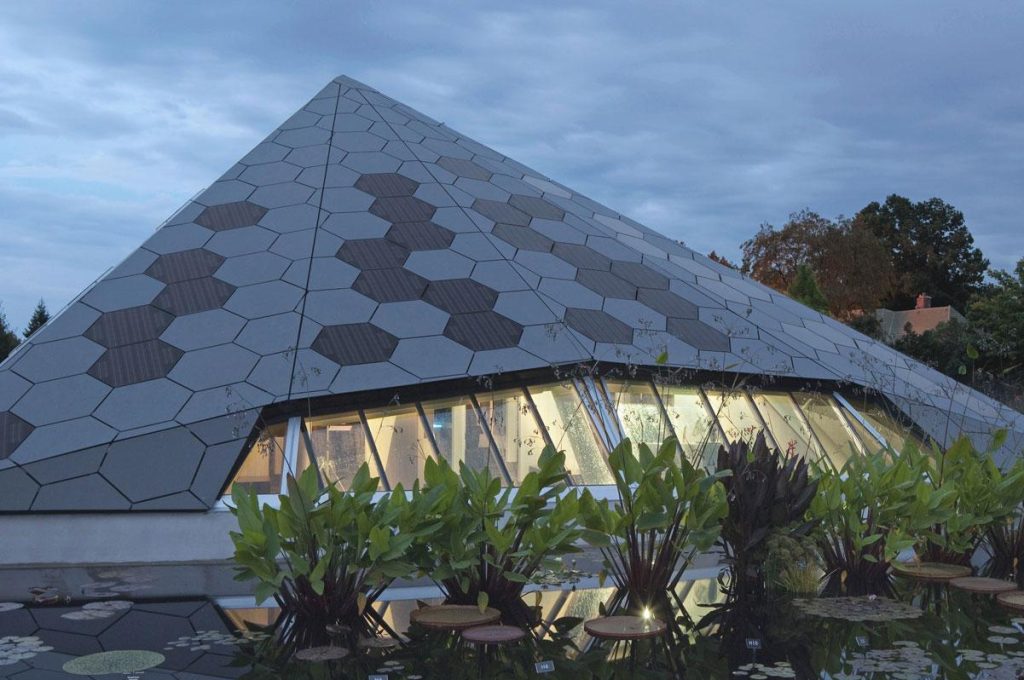Successfully ingraining solar technology in urban living means that the implementation should feel natural and is something that society accepts. A full-scale integration should also have the participation and involvement of all the stakeholders: not only the ones responsible for the technological innovations and solar-cell companies but also the designers, municipalities, architects, energy and construction companies, and the citizens.
Every space found in a crowded urban area has a purpose and should not be put to waste. This is how maximum integration can be achieved. It’s then essential that every surface in the city that can be illuminated by sunlight is used for the implementation of photovoltaics and solar thermal technologies…
The focus of research regarding photovoltaics technology is how it can be integrated into a structure in a way that all its uses can be combined and taken advantage of effectively.
When you want to ingrain new technology in society, a bird’s eye view of technology integration is not the only requirement. The technology must also be developed in structures that are multifunctional.
A city environment typically has widely different surfaces that can be divided into different elements …
There have been increasing demands for PV technology, whether it’s on the level of a city or structure. The PV technology requires intelligence and multi-functionality in order to successfully meet these demands. This means that various innovations in its design, cells, modules and electrical connections are required.
Color, surface modification, 3D shaping, patterning of metal lines, and being able to mimic the appearance of various materials are a few examples of what could be possible innovations for the design aspect. Technology demands and technology adaptation are then the focus areas for this research line.
Smart Photovoltaics Modules
In order to overcome issues …



